
September’s demonstrations urging world governments to do more to combat climate change saw millions of people take to the streets, led by a grass-roots movement of young people. During the climate summit at the United Nations headquarters in New York, convened by U.N. Secretary General António Guterres to emphasize what he has called “the transformation measures necessary [to reverse climate change trends] before it is too late.” Here are 21 strategies that could help avert climate disaster.
Not everyone agrees, though. There remain some climate change deniers who continue to argue that the world is not getting warmer. Others concede that the Earth is warming but deny that human activity is the cause. Still others argue that the effects of warming will be minimal and that the cost of combating these minimal changes will be too high.
What arguments do climate deniers have for their unpopular and debunked position?
California’s Governor’s Office of Planning and Research lists 14 arguments often used by climate change deniers, all of which also appear with different wording in Climate scientist John Cook’s 197 arguments he maintains on the website, skepticalscience.com. Using California’s list as our starting point, 24/7 Wall St. has examined 16 arguments often heard from climate change deniers.
Meanwhile, climate scientists continue to make strides in better understanding the scope and severity of the climate crisis and are finding ways to mitigate the effects. Here are some of last year’s amazing accomplishments in climate science.
Click here to see 16 of the most common arguments of climate deniers
Click here to see our discussion of how these flawed arguments have become so prevalent.
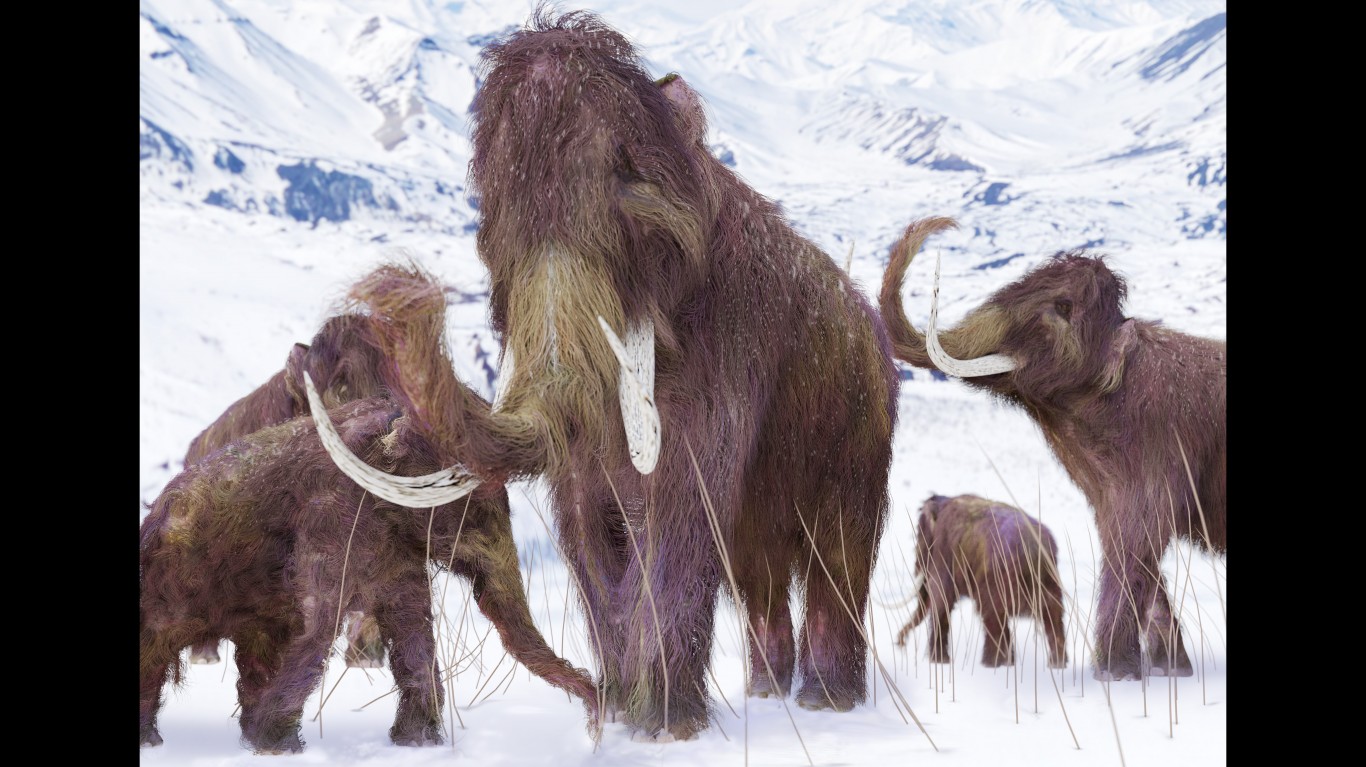
1. The climate has changed before
Of the 197 arguments against climate change tracked by climate scientist John Cook on skepticalscience.com, this is the one most frequently invoked. The intended inference we are to draw is that because climate has changed before, blaming the current rise in temperature on human activity is incorrect.
The earth has gone through seven glacial cycles in the last 650,000 years and most of the climate changes over that period have been attributed to small changes in the earth’s orbit. The amount of variation since the end of the Little Ice Age in the mid-19th century is far too great to be assigned to variations in the earth’s orbit. In the 21st Century, global temperatures have been warmer than at any time in more than 10,000 of the past 11,300 years. By the end of this century, the Intergovernmental Panel on Climate Change (IPCC) projects the warmest temperatures ever over the past 11 millennia.
[in-text-ad]

2. Solar activity is causing the Earth to warm
According to the IPCC, solar activity contributes about 0.1°C to warming in an 11-year solar cycle. It is true that increased solar activity may have added to warming beginning early in the last century. However, solar irradiance alone cannot explain the overall observed temperature increase since the late 1970s. Total solar irradiance actually showed a slight decrease between 1986 and 2008 according to the IPCC.

3. Temperatures are not increasing everywhere
While temperatures experienced locally and in short periods can fluctuate, overall, the Earth as a whole has been warming for most of the last century. According to the IPCC, as cited by California officials, the Earth’s surface temperatures have increased by about 1.33°F over the past 100 years. Short-term, localized temperature changes do not alter the long-term trends.

4. There is no consensus among scientists that warming is human-caused
Between 90% and 100% of climate scientists agree that human activity is the cause of recent global warming. A review of published research studies found a consensus of 97% among scientists that the warming of the past century is extremely likely due to human activities. The authors noted a study that challenged that finding based on studies from “economic geologists and a self-selected group of those who reject the consensus,” commenting that “the level of consensus correlates with expertise in climate science.”
The belief in the American public that there is not a reliable consensus on climate change among scientists is due in part to ExxonMobil Corporation and other energy company efforts to mislead the general public. In a 2017 peer-reviewed paper in the journal Environmental Research Letters, Harvard researchers concluded that ExxonMobil contributed to advancing climate science — by way of its scientists’ academic publications — but promoted doubt about it in advertorials.
[in-text-ad-2]

5. Global temperatures fell around the middle of the last century
California officials again cite the IPCC’s finding that the mid-20th century drop in global temperatures was caused by post-World War II industrialization that increased sulfate pollution by adding microscopic bits of matter to the atmosphere that reflect the sun’s rays back into space and have a temporary cooling effect on Earth’s surface temperatures. Volcanic eruptions also emit particles into the stratosphere where they contribute to cooler temperatures for a few years. The 1980 eruption of Mt. St. Helens in Washington state and Mount Pinatubo in the Philippines in 1991 also slowed down the steady rise in global temperatures.

6. There is no correlation between rising temperatures and CO2 emissions
Climate change deniers argue that increases in carbon dioxide actually lagged behind temperature changes. That is partially true. A 2012 study found that carbon dioxide levels both lag and lead with respect to temperature increases. What happens first depends on the geography. In a cycle that does not include human activity, warming can also occur. For example, some 20,000 years ago, the Earth’s orbital cycles triggered warming in Greenland and the Arctic that melted large amounts of ice, warming the Earth’s oceans. As the southern oceans warmed, they released more carbon dioxide, causing the entire planet to warm. The correlation, however, is exactly opposite today: Human activity is pumping more carbon dioxide into the atmosphere, causing surface temperatures to rise.
[in-text-ad]
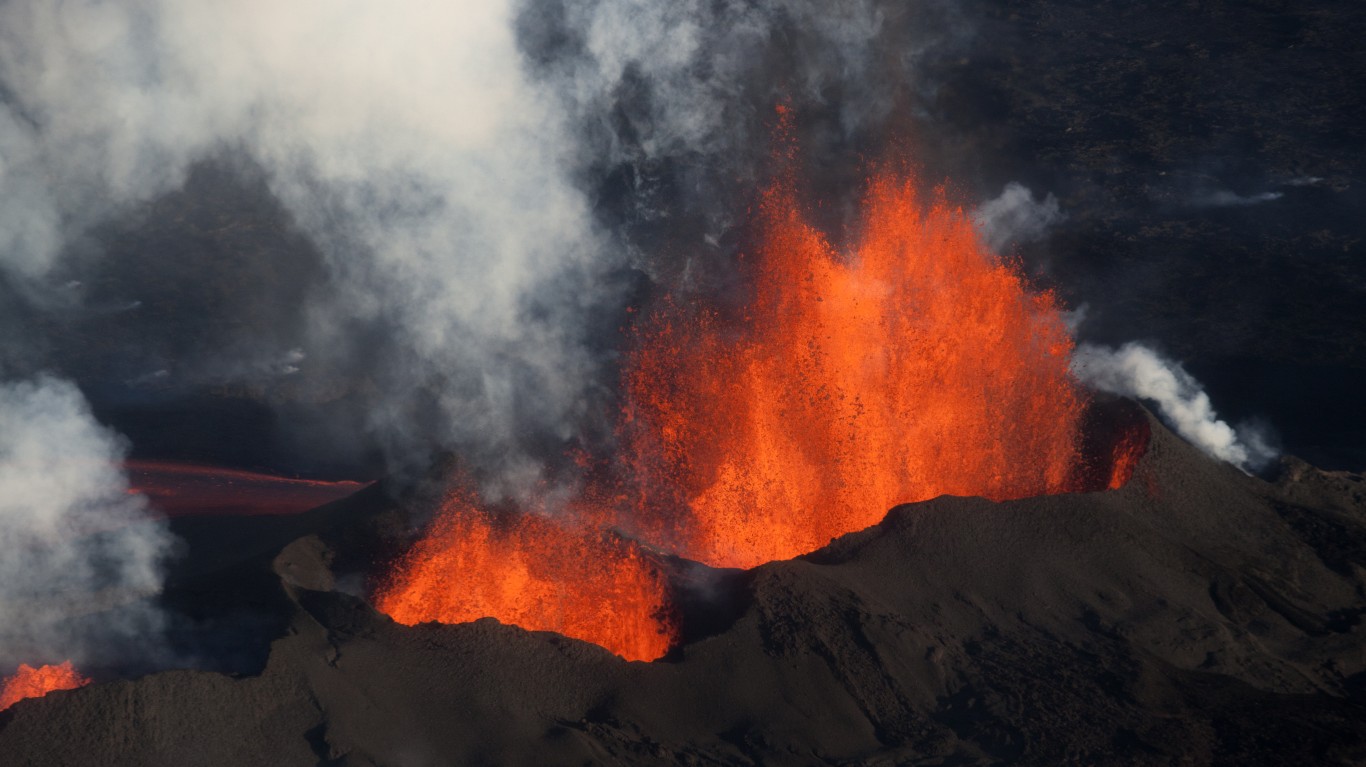
7. The sun, volcanoes, and other natural sources, not greenhouse gases, are causing climate change
The sun, as noted earlier, does have an effect on Earth’s temperatures and it has accounted for a small amount of warming. When Mount Pinatubo in the Philippines erupted in 1991, the resulting particulate matter lowered global temperatures by about 0.6°C, but the effect was temporary. While ash from volcanoes and wildfires and industrial pollution can cool the Earth by reflecting sunlight back into space, they can also settle on the snow and reduce the reflectivity (albedo) of snow cover. In the Arctic, this effect is speeding up the ice-melt.

8. Global temperatures have been high in the past and the current temperature increase is simply natural variation
This statement is half true. Arctic sea ice has been around for about 47 million years, but researchers have found periods when the sea-ice pack was severely reduced or even ice-free during the summer. The last such event occurred more than 11,000 years ago, and the northern high latitudes cooled until late in the 19th century when a new round of ice loss began. The suddenness and extreme magnitude of the loss is “unexplainable by any of the known natural variabilities.”
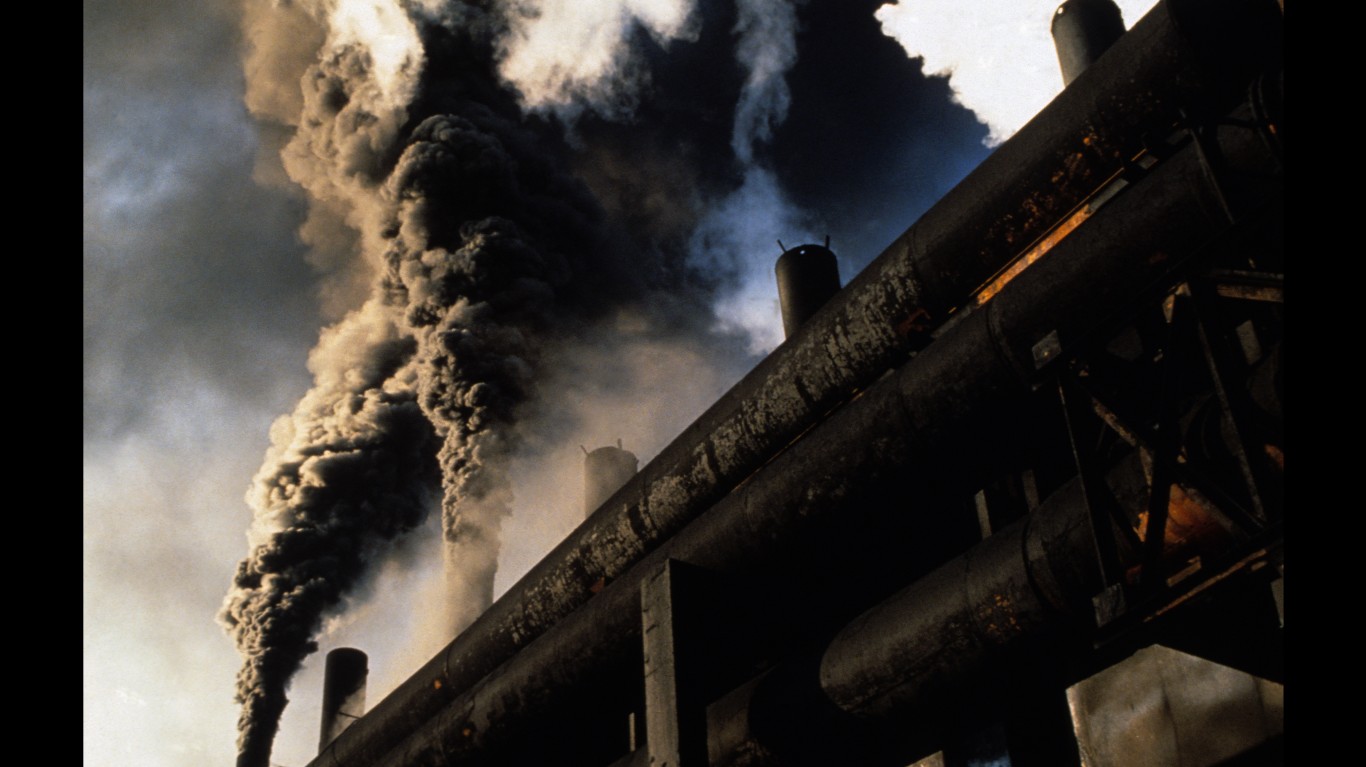
9. Climate models are unreliable
Climate models cannot predict what the temperature will be tomorrow (that is weather forecasting), but they can make accurate predictions about future large-scale warming by mapping previous climate changes. While global temperatures have naturally risen in the past, the only way to explain the rapid rise over the past 30 years is by adding in human activity. There is no other way to account for the huge jump.
[in-text-ad-2]

10. How can future climate predictions be accurate if we cannot even predict next week’s weather
This objection is a corollary to the one immediately above. Predicting next week’s weather is not the same as identifying climate trends over longer periods of time. There is virtually no doubt that Earth’s weather will be warmer in the future.
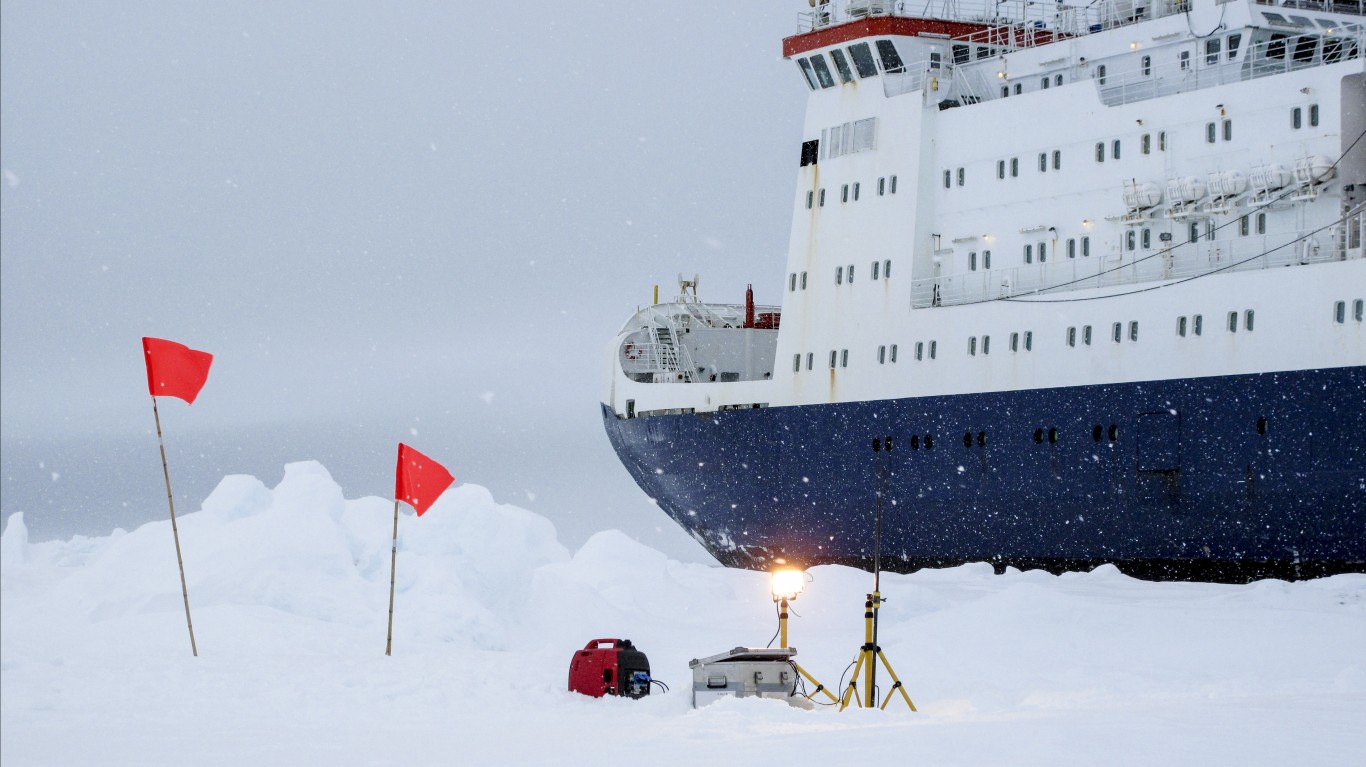
11. Climate scientists are only in it for the money
Anything’s possible, but this seems highly unlikely. There is no evidence to support this claim (and using Al Gore as an example of getting rich on climate change is ignorant). Scientists who participated in the IPCC’s climate assessments were not paid and neither are those who participate in National Academy of Sciences panels. There are better ways to get rich.
[in-text-ad]

12. Dissenting scientists are stifled and cannot publish their research
There is no evidence that this is true. Generally, research published in academic journals is vetted in a peer review process. Some research that does not meet the discipline’s standards is returned for corrections and some never meets the required standards at all.

13. Climategate scandal showed that scientists invented the climate problem
This remains the top conspiracy theory among climate change deniers. Conspiracists got a big lift in 2009 when more than 1,100 emails and other documents were stolen from a climate research center in the United Kingdom that reportedly — and falsely — showed that data in some climate research had been manipulated to arrive at pre-set conclusions. Everyone involved in climate science was tarred with the same brush. Except, of course, none of the charges were true.
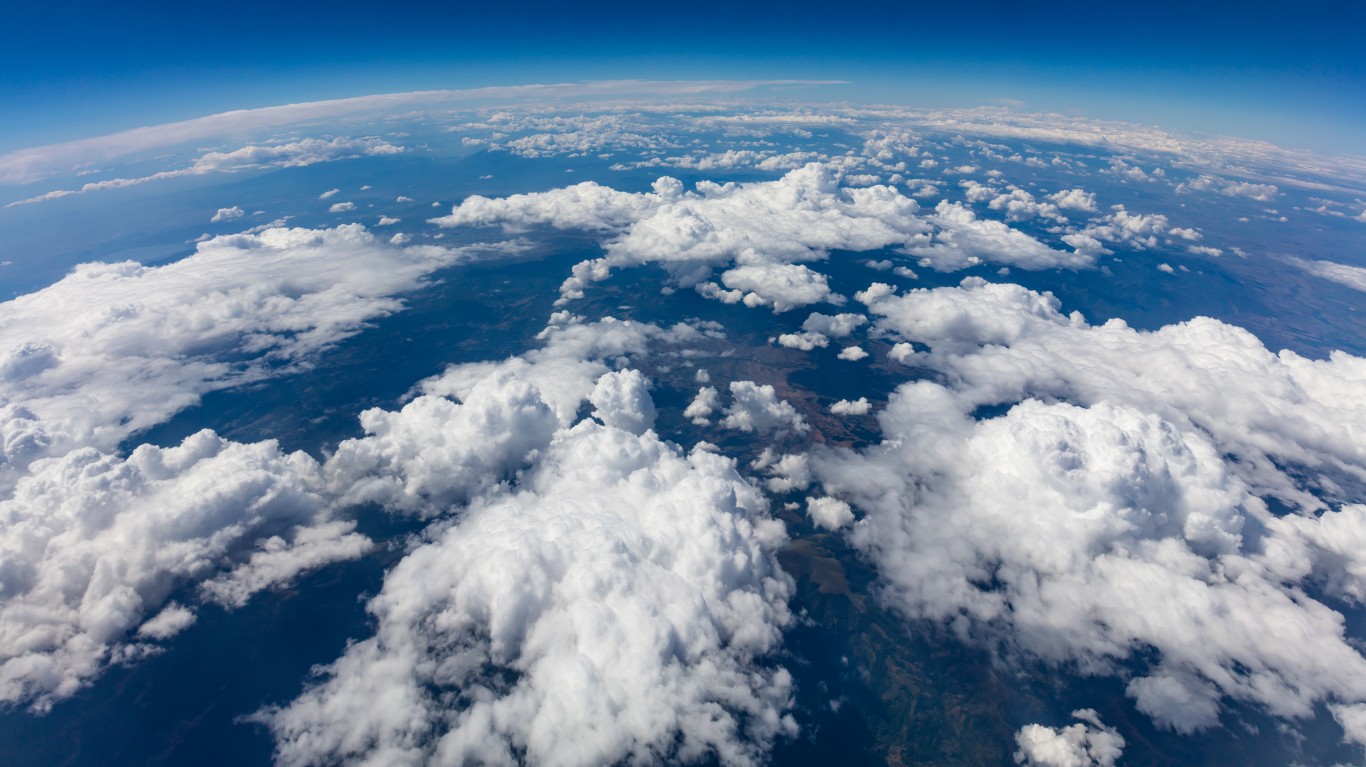
14. More clouds (from greenhouse gases) will minimize the warming effect of these gases
The effect of clouds on climate is still being debated. High clouds trap more heat, while low clouds reflect more sunlight back into space. The science, including ship-based observation, satellite imaging, and climate models, indicate that even though clouds have some cooling effect, it is unlikely the effect will be large enough to offset human-caused warming.
[in-text-ad-2]

15. More carbon dioxide and warmer weather may be a benefit
This claim may also be partially true. For example, warmer temperatures in higher latitudes could lead to higher agricultural production. But this assumes no change to the water supply in these regions and that the newly available soil will grow something. In other places, of course, crops will fail due to high temperatures and lack of water. The overall effect of the benefits of a warmer climate are not enough to offset the expected harm.
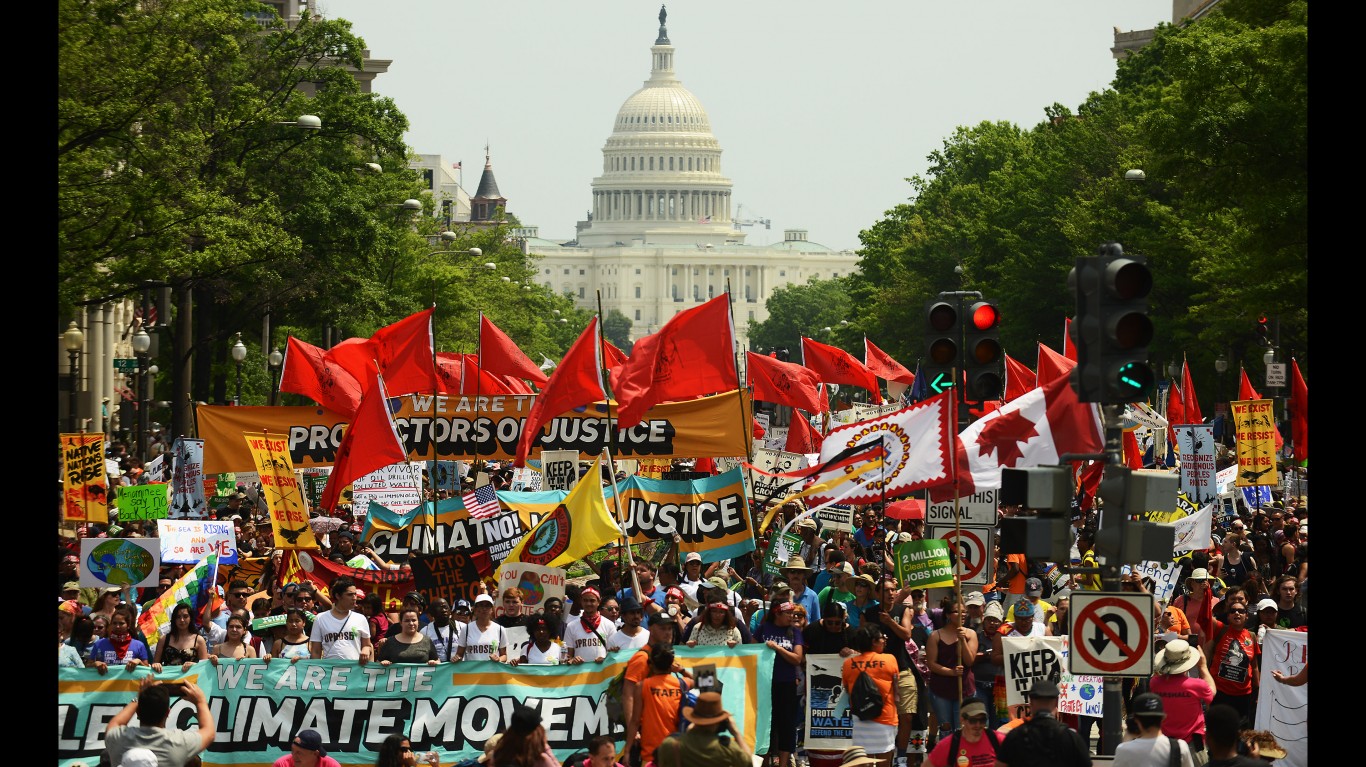
16. The cost of mitigating climate change is too high
The standard answer to this claim is, “Yes, but the cost of doing nothing is even higher.” Yale economist William Nordhaus won a Nobel Prize in economics in 2018 for his work on mitigating climate change. He argues that the social cost of carbon is “the most important single economic concept in the economics of climate change.” In a study published in 2017, Nordhaus set the price of carbon at $31 per ton in the United States based on 2015 data and estimated a 3% per annum growth rate for the period to 2050. In 2015, U.S. carbon emissions totaled about 5.4 billion tons. That works out to $167 billion or about 0.9% of U.S. GDP ($18.12 trillion) in 2015. Compare that to the impact on U.S. GDP of the tax cut act passed in late 2017 that reduced U.S. revenues by 9.1% of GDP, or about $1.7 trillion, in 2018 alone.
Cutting tax revenues by $1.7 trillion does nothing to mitigate climate change while taxing consumers and businesses $167 billion could, in fact, do something.
Methodology
The pushback on climate science reached a high point earlier this year, when President Donald Trump appointed retired Princeton physicist William Happer to conduct an “adversarial scientific peer review” of climate science. Happer has argued that carbon dioxide is just plant food and that more, not less, carbon dioxide is needed to meet a rising demand for food. The panel was never assembled, and Happer resigned earlier this month.Climate scientist John Cook maintains a website, skepticalscience.com, that claims to get “skeptical about global warming skepticism.” At the site, Cook lists 197 arguments made by climate change deniers and even ranks them by popularity.
According to Cook, the charges against climate science fall into one of five categories: conspiracy theories, fake experts, impossible expectations, misrepresentations and logical fallacies; and cherry-picking.
Yale law and psychology professor Dan Kahan and his co-authors challenged the accepted wisdom that limited popular knowledge of science, the inability of ordinary citizens to assess technical information, and unreliable gut feelings (cognitive heuristics) were the culprits.
Instead, they found that “On the whole, the most scientifically literate and numerate subjects were slightly less likely, not more, to see climate change as a serious threat than the least scientifically literate and numerate ones.”
The researchers concluded, “[G]reater scientific literacy and numeracy were associated with greater cultural polarization: Respondents predisposed by their values to dismiss climate change evidence became more dismissive, and those predisposed by their values to credit such evidence [were] more concerned, as science literacy and numeracy increased.”
Values are formed over a lifetime and come from various places. One of those places is the media, which by numerous metrics as an institution has failed Americans since details of human-caused climate change emerged to the public in the late 1970s.
According to a Media Matters for America report, the major U.S. television outlets ABC, CBS, NBC, and Fox News Sunday spent a combined total of 50 minutes discussing climate change. In 2016, the hottest year ever recorded on Earth, Fox News devoted six minutes to covering the issue.
“The Next NVIDIA” Could Change Your Life
If you missed out on NVIDIA’s historic run, your chance to see life-changing profits from AI isn’t over.
The 24/7 Wall Street Analyst who first called NVIDIA’s AI-fueled rise in 2009 just published a brand-new research report named “The Next NVIDIA.”
Click here to download your FREE copy.
Thank you for reading! Have some feedback for us?
Contact the 24/7 Wall St. editorial team.
 24/7 Wall St.
24/7 Wall St.

